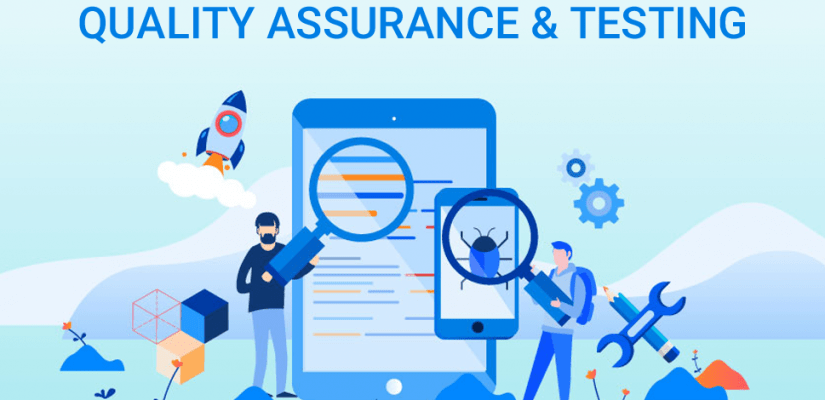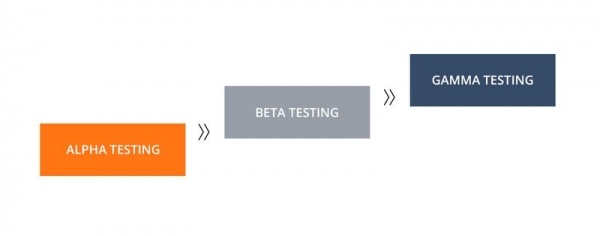Software testing is an elaborate and disciplined process which follows various principles of agile software development. The Agile mobile software testing method has gained a huge reputation in the software industry. It has given the success rate of testing results. Even complex applications can be tested easily with steadfast results.
To get the best application or mobile software testing results, begin with the agile testing at the project commencement stage, but how?
Agile Software Testing
In agile software development, the testing will ideally start before the implementation begins. This is quite different from the conventional software testing approach, where testing is always done after completion of the program’s development stage. Agile testing can be understood as a continuous process that goes along with the development process simultaneously. This is also known as agile Software Testing Lifecycle (STLC).
In this method, a number of different tests can be performed according to the need and requirement. The agile testing follows a set of guidelines or principles that help mobile app testing companies create effective test strategies with simple yet powerful tools. This is achieved through an intelligent analysis of requirements and specifications as well as thorough planning and design.
What is an Agile Test Plan?
App testing companies make a fool proof test strategy before starting the testing process which is known as a Testing plan. It basically involves:
1. Test Planning:
Test planning in agile software testing is carried out by the test team, which can also be defined as “customer” of the delivered product. It helps us to go through all the requirements and specifications for testing before initiating any detailed analysis or design activities. Sample test cases are created on the basis of these requirements and specifications.
2. Test Analysis:
The test analysis in agile testing is carried out by the developer of the product, not by a separate team. It takes into account all the requirements for development with respect to their priority, complexity, risk, etc. The code coverage criteria are also defined here to make sure that no critical requirement is missed.
3. Test Design:
Test design is the first phase where all the test cases are designed in agile software testing before any other activity begins. This design phase goes hand-in-hand with the analysis and planning phase, ensuring that no requirement is overlooked during development process. Test cases for normal, exceptional conditions, etc., are designed here.
4. Test Coding:
The test coding in agile testing is carried out by the developers themselves, so there is no separate team for this activity. The test cases are implemented using the appropriate programming language and framework.
Before they are integrated into the development code (integration). Once all the test cases pass through successfully, the development code is deemed to be complete.
5. Test Execution:
Here, all the tests are executed before the product release to ensure all the requirements and specifications are met by the final build.
6. Defect Tracking:
The defects found in this phase of agile mobile software testing are recorded so that they can be fixed later. This is facilitated by a defect tracking tool which can be easily integrated with the support tools.
7. Regression Testing:
After all the defects have been fixed and resolved, a fresh build of the software is delivered through regression testing to ensure that no other bugs or issues remain. The tests are repeated as many times as required before a “defect-free” build is delivered to the customer.
8. Test Closure:
Closure activities for agile testing are carried out by the “customer”, not by the test team, which ensures early delivery of software. This enables both parties to focus on their specific tasks and responsibilities before moving on to new projects or enhancements of existing software applications.
9. End user’s expectations:
The end user’s expectations are documented and communicated to the developers. This provides a platform for the developer to understand the exact nature of the product and also helps them to meet customer requirements early on in development process.
10. Test schedules with their duration:
The test schedules in agile testing can be flexible depending on the complexity of the product. Developers do not adhere to fixed timelines and review process is carried out after every iteration or sprint. So, if certain features are delayed during implementation, they can be implemented later in due course of time.
Advantages of Agile Software Testing
- Agile testing ensures early detection of the defects or errors, timely identification of bugs, any loopholes that might be present at the coding stage etc.
- The continual testing process enables accurate results and outcomes.
- Agile mobile software testing takes less time as compared to the conventional testing method because it tests as the product is developed. Hence it becomes easier for the tester as well as the developer to do their jobs.
- The bugs and errors are fixed at the initial stages itself which saves a lot of testing expense and wastage of resources.
For an effective agile testing process, the quality assurance testers need to have a comprehensive testing plan and schedule.
Hike QA is the most reliable software and app testing company. It offers all the necessary software testing services for your application.

















